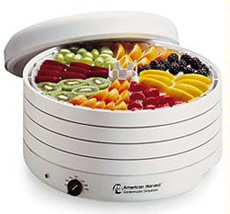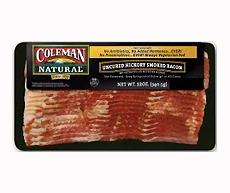|
To start you off, here’s a delicious recipe for honey ginger carrots. If you have kids, Try baby carrots (actual miniature carrots, not the whittled-down thumbs sold in plastic bags), and serve them like sweet little chicken fingers. We promise they will get gobbled up.
HONEY GINGER CARROTS RECIPE
Ingredients
1 bunch of baby carrots, peeled or scrubbed
2 tablespoons of butter
4 tablespoons of honey
2 tablespoons of grated or minced ginger
Optional: 1 tablespoon fresh lavender
1 small bunch of parsley, chopped
Salt and freshly-ground pepper to taste
Preparation
1. Blanch the carrots until fork tender but not soft; plunge into an ice bath to stop the cooking process. Set aside to dry in a colander or on paper towels.
2. In a sautée pan over medium high heat, melt some butter until it begins to brown. Reduce the heat to medium and add ginger. Cook for about a minute, stirring occasionally.
3. Reduce heat a bit more and add the honey, then the carrots, stirring continuously. If things get dry, reduce the heat and add a touch of butter or a very small amount of water.
4. Once the carrots are coated and the water has evaporated, remove from heat and transfer to a dish. Toss in the chopped parsley and lavender. Then chow down.
MORE USES FOR FRESH GINGER
Grate some into your salad dressing.
Make more stir-frys: Ginger is equally at home with meat, poultry, tofu and vegetables.
Drop some sliced ginger into salad oil or cooking oil to infuse.
Use as a garnish: grated or minced atop chicken, soup, vegetables, and of course any Asian-inspired dishes.
Make your own pickled ginger. Recipe.
Add a slice or two to a cup of green or white tea; or simply enjoy the fresh root infused into boiling water.
STORING GINGER ROOT
Fridge. Wrap the ginger in a paper towel, then place it in a plastic storage bag. It should stay fresh in the crisper drawer for up to three weeks.
Freezer. If you’re not going to use the ginger soon, freeze it. We peel and freeze slices that quickly defrost (or, just pop the frozen slices into the dish you’re cooking).
Another option is to peel and grate the root with a microplane grater. Set a sheet of plastic wrap on the counter and spoon the ginger in a vertical line. Roll up the plastic, twist the ends and freeze. When you want some ginger, unwrap the plastic and break off a chunk. It defrosts quickly.
GINGER FACTS
Native to Southeastern Asia, ginger has been used for more than 5,000 years in Chinese medicine.
The oils in fresh ginger cause the stomach to produce more digestive enzymes, which help to neutralize stomach acids and relieve diarrhea, heartburn, nausea and stomach cramps. Slices of fresh ginger in hot water make a very soothing ginger tea that clears the sinuses as well.
Ginger has also been shown to help in blood circulation and anti-clotting, as well as lower cholesterol levels. It may also be an anti-carcinogen and provide relief from migraine headaches.
The ginger plant, Zingiber officinale, is a rhizome, a plant with a horizontal, often underground, stem that is edible (although the leaves are often eaten as well). While we call it a root, it’s actually a stem.
Here’s more on the healthfulness of ginger, one of the seven highest anti-oxidant spices.
|






